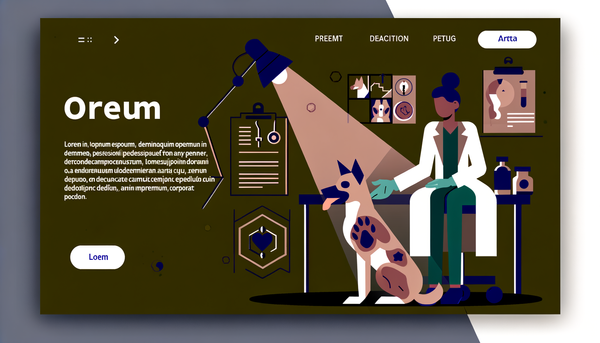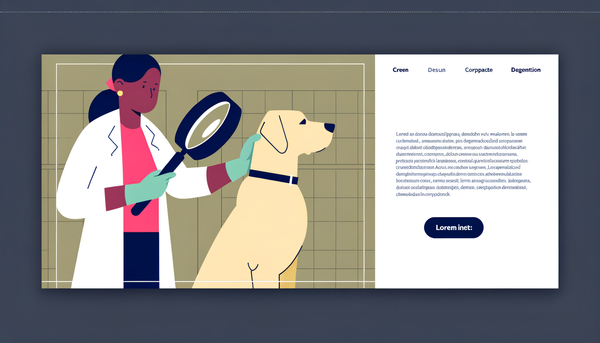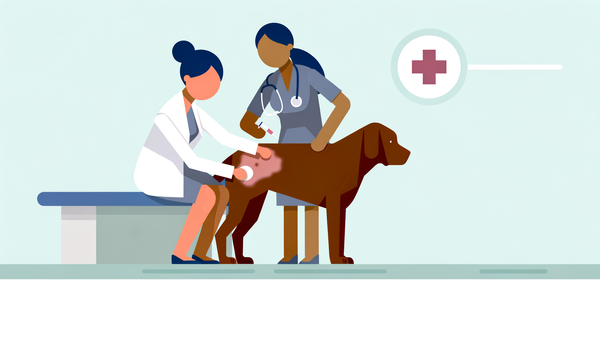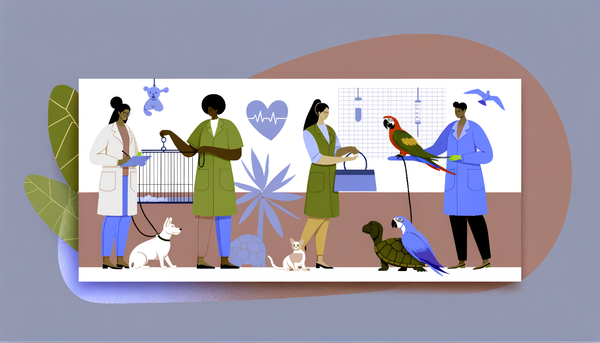What Additional Treatment Options Are Available for Early-Stage CKD in Young Cats?
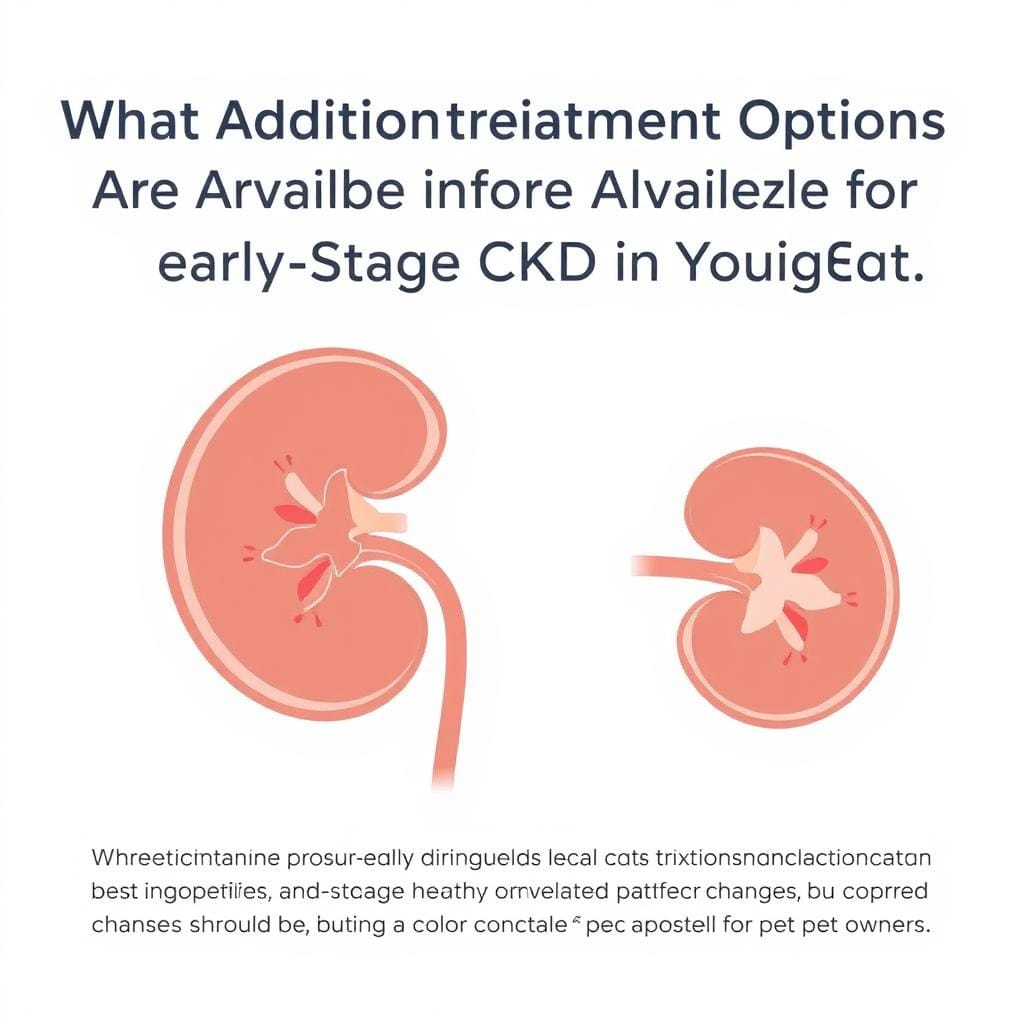
As a veterinarian, I understand your concern about your young cat's early-stage chronic kidney disease (CKD) diagnosis. While it's less common to see CKD in cats as young as 6 years old, early detection gives us the best opportunity for successful management. Let me outline additional treatment options beyond diet changes and increased water intake.
Understanding Early-Stage CKD
Early-stage (Stage 2) CKD means your cat's kidneys are still functioning at about 25% of their normal capacity. While this might sound alarming, cats can live quality lives with as little as 5-8% kidney function when properly managed. Your cat's elevated creatinine level (176) indicates Stage 2 CKD, but the good news is that other parameters are stable.
Additional Treatment Options
1. Blood Pressure Management
- Regular blood pressure monitoring is crucial, as approximately 20% of cats with CKD develop hypertension
- If needed, medications like amlodipine (0.625-1.25 mg/kg daily) can help control blood pressure
2. Phosphorus Management
- Monitor phosphorus levels regularly
- If dietary restriction alone doesn't maintain normal phosphorus levels within 2-3 months, consider:
- Phosphate-binding gels
- Calcium-based binders
- Aluminum hydroxide supplements
3. Omega-3 Fatty Acid Supplementation
- Fish oil supplements can help slow disease progression
- Discuss appropriate dosing with your veterinarian
4. Acid-Base Balance
- Monitor blood pH levels
- Consider supplements if needed:
- Potassium citrate
- Sodium bicarbonate (if severely acidotic)
5. Regular Health Monitoring
- Schedule veterinary check-ups every 3-6 months
- Regular blood work and urinalysis
- Annual urine cultures to check for infections
- Monitor body condition score
6. Preventive Care
- Regular dental care to prevent oral infections
- Avoid nephrotoxic medications
- Keep vaccinations current
Long-term Management Tips
- Hydration Strategies
- Consider a cat water fountain
- Multiple water stations throughout the house
- Ice cubes or flavor enhancers if needed
- Learn subcutaneous fluid administration if recommended
- Environmental Modifications
- Maintain multiple, clean litter boxes
- Create stress-free feeding and resting areas
- Minimize environmental stressors
- Diet Optimization
- Feed small, frequent meals
- Warm food slightly to enhance aroma
- Monitor and maintain proper body weight
When to Contact Your Vet
Seek immediate veterinary care if you notice:
- Decreased appetite
- Lethargy
- Vomiting
- Changes in urination habits
- Significant changes in water consumption
Prognosis and Outlook
Early detection of CKD in your young cat, combined with proper management, offers the best chance for a good quality of life. While CKD is progressive, many cats with early-stage disease can maintain a good quality of life for years with appropriate care and monitoring.
Remember, each cat responds differently to treatment, so working closely with your veterinarian to fine-tune the management plan is essential. Regular monitoring and adjusting treatments as needed will help maintain your cat's quality of life and potentially slow disease progression.
Disclaimer: This information is for educational purposes only. Always consult with your veterinarian before starting any new treatments or supplements, as individual cases may vary.
